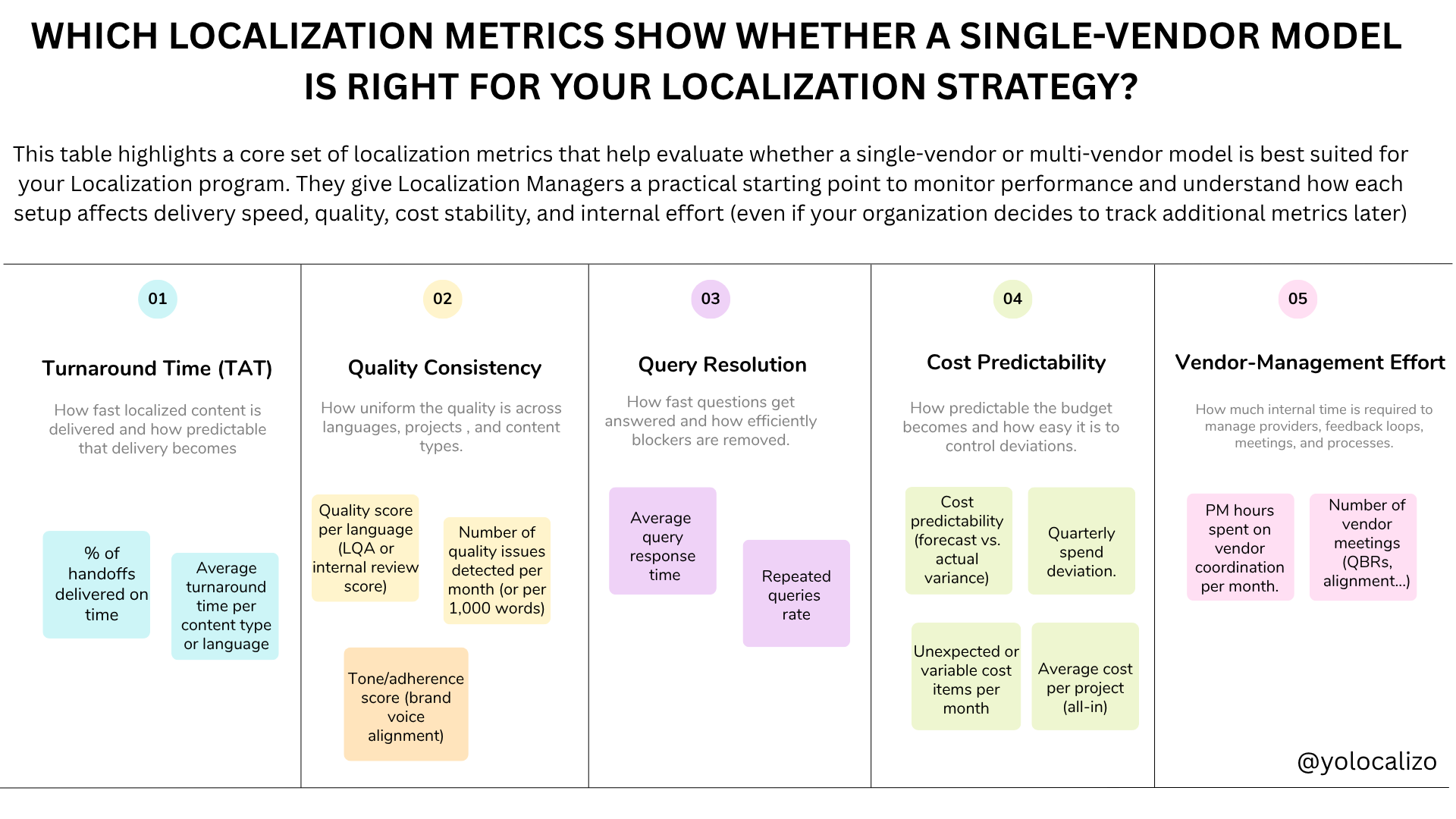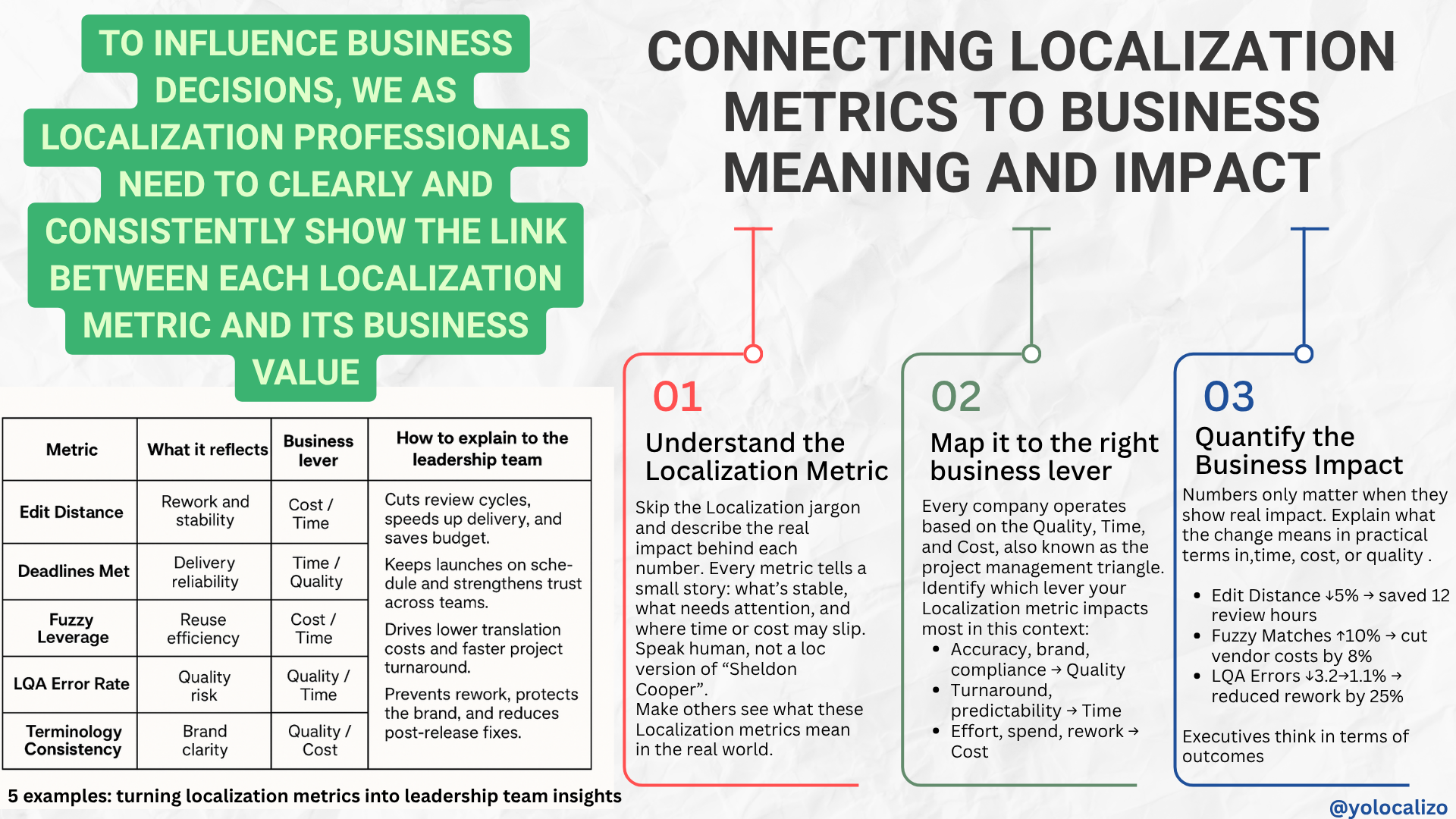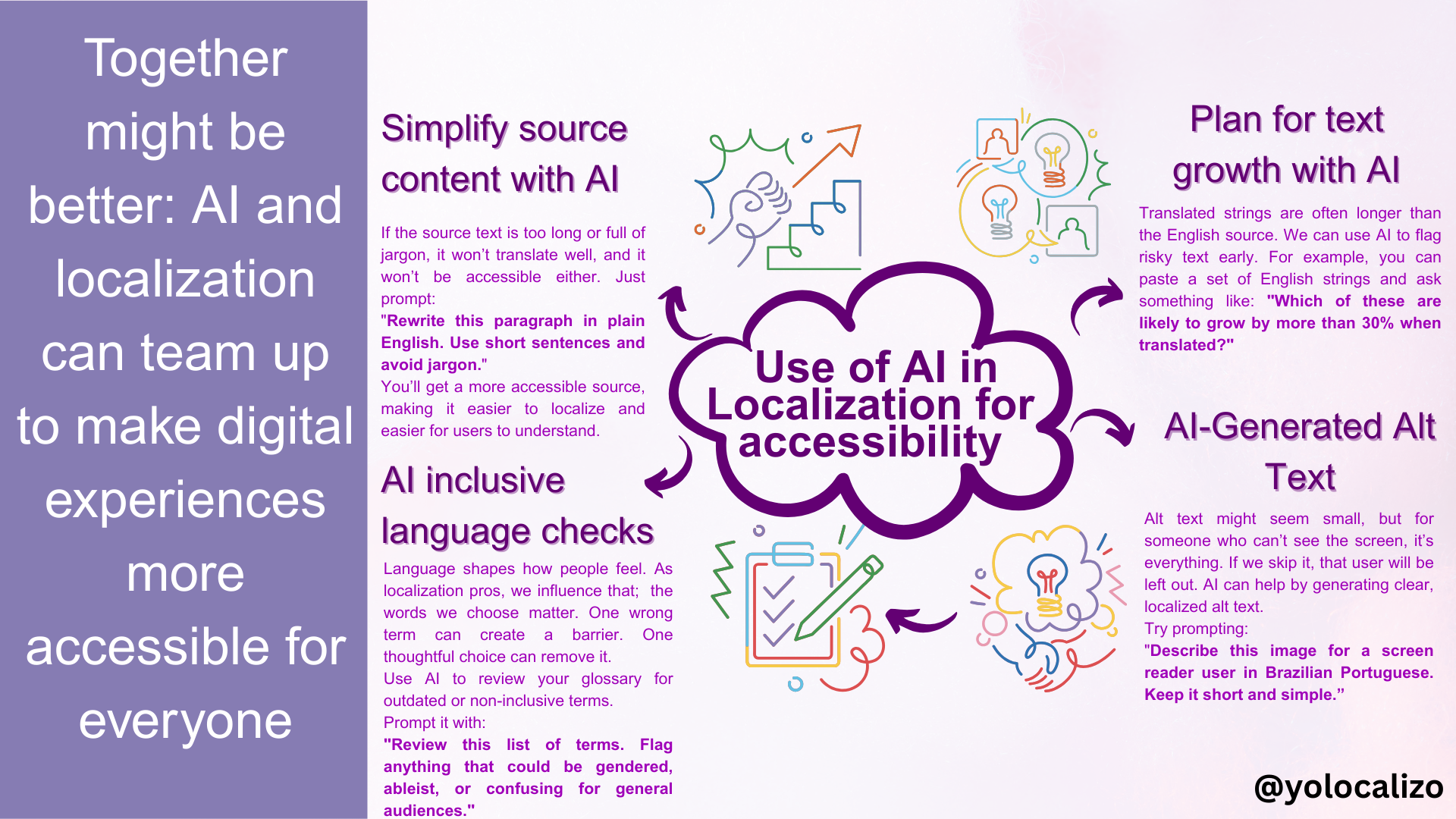Inside the mind of a Localization buyer: my Inside Out-inspired take on understanding buyer types
Inside Out is one of my favorite movies both of them.
The first one is my choice because of its freshness, originality, and that iconic broccoli scene I've used so many times in my presentations and posts :)
The second one is because of the new emotions that come into play: Anxiety takes a leading role, along with Envy, Embarrassment, and Boredom (Ennui), which reminded me so much of my son everything "bores him, que pereza is what i hear for almost anything that i ask him to do!"
But what I was thinking the other day is that Inside Out, even if it doesn't seem like it at first, is actually a lesson in stakeholder management…
This is similar to the work we do in localization, particularly the work an LSP does when selling localization services to a client. There's a lot of stakeholder management happening there.
Let me expand on this idea, as I think you'll see some interesting parallels between Inside Out and an LSP navigating a sales process.
Each emotion, Joy, Sadness, Anger, Fear, and Disgust, has a clear personality, a specific focus, and a distinct way of reacting to the world. And they all want to take control at different times.
Localization buyers are kind of like that too.
Each one you meet is driven by a dominant "emotion" not Joy, Sadness, Anger, Fear, and Disgust, but:
• Urgency
• Curiosity
• Budget pressure
• Growth obsession
• Brand protection
And just like in Inside Out, each of these "emotions" can take the lead depending on the situation. The same might happen in an LSP client relationship
We're not all the same, but dear LSP ... you'll start noticing patterns over time.
There's the one who needs everything done now, the one who asks tons of thoughtful questions , the one who only wants to talk about cost, the one who's focused on how things feel in the local market, the one doing their best to keep things moving with almost no support...
Different roles, different pressures, and if you don't adjust how you approach them, it's easy to miss what really matters to them.
So here's my version of Inside Out, the five buyer personas you're most likely to meet in the localization world, and what each of them really needs to hear
Click HERE to download the infographic
1. The stretched Localization Manager
I probably relate to this buyer the most, someone who’s already doing a lot with very little.
I remember when I was setting up the Localization department from scratch at Sulake (Habbo Hotel). It was just me at the beginning, trying to build something that didn’t exist yet.
I was defining the entire process from zero: setting up workflows, writing the first style guides, cleaning up glossaries, choosing tools (or, in some cases, working without them), figuring out which markets needed what ....
And in the middle of all that, I had to kick off an RFP to find an LSP that could help me build a full outsourcing model.
That’s why I deeply understand this buyer. When you’re stretched like that, you’re not looking for a long sales pitch or a revolutionary new workflow. You want someone who can plug in smoothly, understand your reality, and make your life a bit easier.
So the best way to engage with them is around message that they say something like:
“Don’t worry ,we’ve done this before. We’ll help you scale, take care of quality, bring structure with our TMS and workflows, and free up your time so you can actually breathe.”
That kind of message ,practical, confident, and grounded in real experience ,is exactly what gives a stretched localization lead the confidence to say yes.
2.- The Curious First-Time Buyer
This one's easy to spot. They're excited, ask a lot of questions, and are fully engaged. They often come from product, marketing, or even operations, and localization just landed on their plate for the first time.
They're not trying to cut corners they genuinely want to get it right. But they're also a little overwhelmed. Maybe they've been told, "We need to launch in India next quarter," and suddenly they have to figure out what a TMS is, what LQA means, and why people keep mentioning string context.
Their biggest fear isn't just failing. It's making a decision that'll slow the team down or reflect badly on them. So, what they need most is guidance.
In these cases, the best thing you can do is show empathy and offer clarity. Reassure them. Help them see the path. Say things like:
“You don’t need to figure it all by yourself, that’s what we’re here for. We’ll walk you through what matters first, help you avoid common pitfalls, and build a plan that fits your reality
This buyer is driven by curiosity and with the right support, they often become strong long-term champions. But if you overwhelm them with complexity or make them feel like they're "not expert enough," they'll retreat.
Make them feel safe.
3. The Growth-Oriented Product Manager
This buyer moves fast. They're usually leading expansion efforts or managing features that need to go live across multiple markets. They're not against localization, but let's be honest: they often see it as something that shouldn't slow them down.
They're focused on product-market fit, app store reviews, conversion rates, and user experience. To them, localization is just one piece of the go-to-market puzzle. If it adds complexity or delay, it becomes a problem. What they need is a partner who can move at their pace without compromising on impact.
The localization partner they trust is the one who can say:
“We’ll help you go live on time without sacrificing the experience for your users. We’ll work alongside your roadmap, not against it, and we’ll flag anything that might hurt product performance before it becomes a problem.”
That doesn't mean you should say yes to everything blindly. What they value is clarity, flexibility, and speed with accountability. Show them how you'll get it done, flag risks early, and always tie localization decisions back to the user experience.
If you can be the person who helps them go global without friction, you're a growth enabler, and you'll become their best friend!
4.-The Cost-Focused Procurement Lead
You often meet this persona early in the process, sometimes even before you speak with the people who will actually use your services. They're the gatekeepers. Their job is to structure the RFP, manage the vendor selection process, and ensure that every proposal fits the company's procurement and compliance requirements.
They're not here to talk about tone of voice or language quality. What they care about is cost control, contract terms, scalability, and risk mitigation. They're under pressure to show that the company is getting the best value and that means they'll scrutinize everything from rate cards to cancellation clauses.
What drives them is budget pressure and governance. Think of someone who says:
"Can you provide a pricing breakdown by volume tier?"
"What's your SLA for urgent requests?"
"How do you handle data security and subcontractors?"
This buyer wants structure. They want clarity. They want a partner who runs a clean, professional operation.
What they want to hear is something like:
"Our pricing is transparent, our model is built to scale, and we're used to working with enterprise procurement requirements."
They may not be the champion of localization, but they often hold the keys to the budget. Win their trust early, and you clear the path for the rest of the conversation.
5. The Regional Marketing Strategist
This is someone who really cares about how things sound and feel in their market. They're not just looking for accurate translations, it's more like they want the copy to resonate. They want to protect the brand voice, connect with the audience emotionally, and make sure campaigns land the way they're supposed to.
What drives them is brand protection. Think of someone who says:
"This sounds correct, but it doesn't sound like us."
or "This would never work in Japan ; it's way too casual."
What they want to hear is:
"We'll adapt your campaign to local behavior, not just translate the words. We care about voice, impact, and making sureit feels right."
This buyer wants to feel heard.
Final thoughts
In the end, it's all about knowing who you're talking to. Each buyer has different expectations, pressure points, needs, and ideas of what "good localization" looks like. Recognizing that early on makes everything easier conversations flow better, proposals land better, and work runs more smoothly.
Just like in Inside Out, there’s always one emotion running the show Joy, Anxiety, or sometimes full-on Panic.
And once you figure out who’s in charge, it’s much easier to know what to say (and what not to say).
Working with clients isn’t so different. In every conversation, one priority usually takes the lead ,speed, trust, cost, or control …. and if you don’t spot it early, you might miss what really matters
This is just a snapshot of the types I've come across over the years. I'm sure there are others out there too. Curious to hear .... which ones do you meet the most? Or is there one you'd add to the list?















Words have the power to shape perceptions and influence actions, which is why reframing is such a powerful tool. In localization, we can reframe our role from simply translating to driving alignment across the company. By ensuring content is consistent, culturally relevant, and strategically aligned with business goals, localization professionals play a key role in helping businesses grow globally. This post explores how we create that alignment and why our work is much more than just translation.